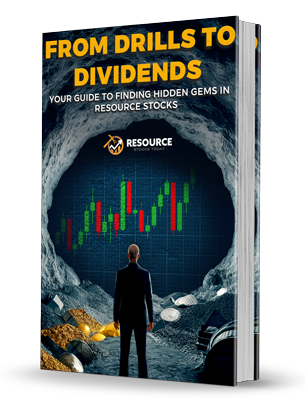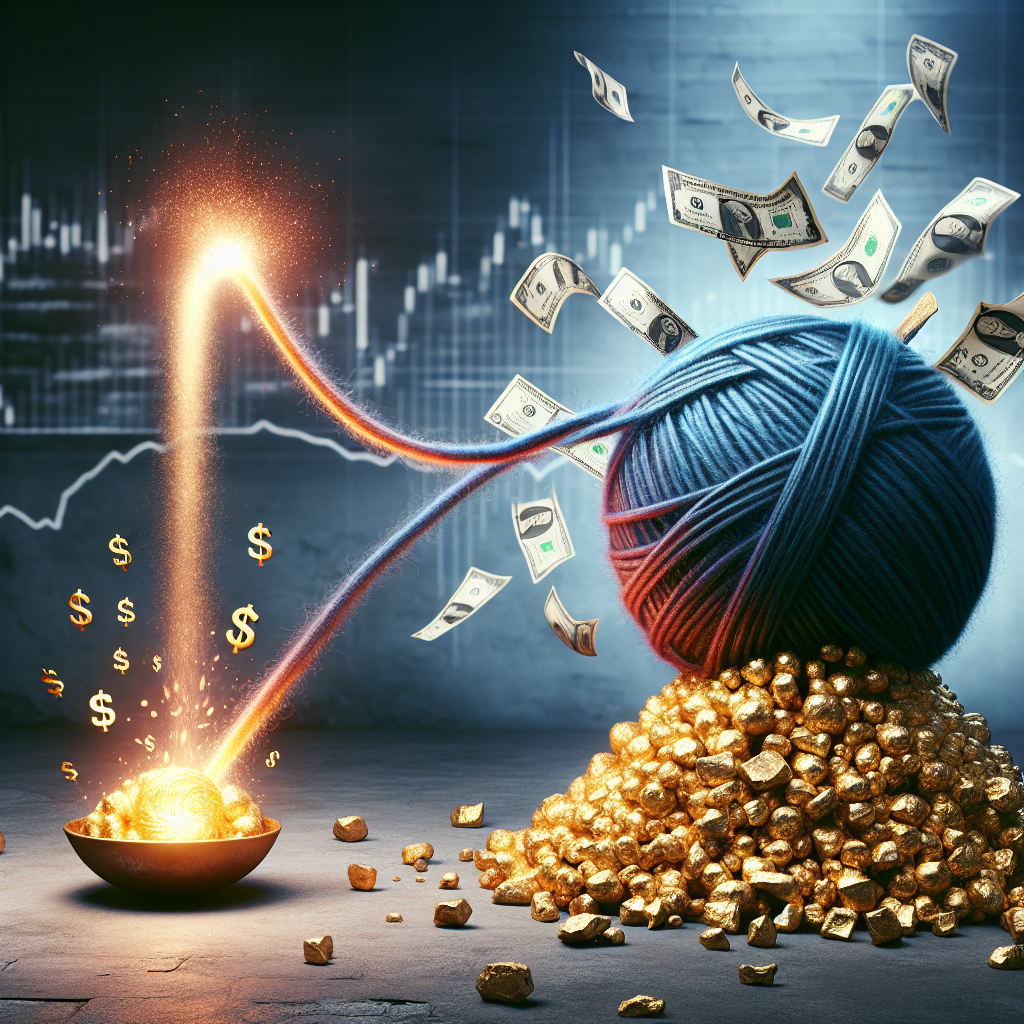Precious Metals Markets in Turmoil: The Impact of Tariff Threats on Gold and Silver
Introduction
The commodities market, especially precious metals like gold and silver, is currently experiencing substantial upheaval. The ongoing threat of tariffs on imports has fueled a frantic pursuit among traders and institutions to secure physical bullion stocks in the United States. This volatility raises important questions about the adequacy of existing stockpiles and the future price of these essential metals.
Surge in Gold Shipments
Recent reports indicate a notable surge in gold shipments to the United States. The Financial Times has highlighted that this increase has sparked a shortage in London, where traders are now amassing an astounding $82 billion stockpile in New York. In the weeks following the U.S. election in early November, institutions have moved 393 metric tonnes of gold into the vaults of the Comex commodity exchange in New York — a move that has escalated inventory levels to an impressive 926 tonnes, the highest since August 2022.
Dwindling Availability and Rising Prices
Demand for physical gold has intensified, resulting in a significant delay in withdrawal times from the Bank of England’s vaults, with wait times stretching from a few days to between four and eight weeks. This physical demand is pushing spot gold prices to new heights, recently peaking at an all-time high of $2,798.60 per ounce. Concerns over Inflation linked to impending tariffs have bolstered prices, as market participants speculate on how these tariffs might affect commodities trading.
The Uncertain Impact of Tariffs
Kevin Grady, president of Phoenix Futures and Options, expressed valid concerns regarding the uncertainty that surrounds the upcoming tariff policies. “We don’t know how it’s going to play out yet,” Grady noted, underscoring the challenges traders face in navigating a market without complete information. This uncertainty complicates contract trading in an environment where the very definition of deliverable metal may change based on tariff policy.
Bottlenecks in the Refined Metals Market
The refining process, a critical component in the delivery of physical metals, presents another bottleneck in the current market. Grady pointed out that while gold may be available, its conversion into a deliverable form is a process that takes time. He reflected on the delays encountered during the COVID-19 pandemic, which further illustrates the risks of prolonged uncertainty in the market.
The Role of Financial Institutions
Financial firms are undoubtedly advocating for clarity from the incoming Trump administration. They aim to maintain the U.S. as the central hub for global commodities trading. However, the looming threat of tariffs on imports complicates this ambition. As Grady suggests, firms may soon be confronted with the reality that a lack of clarity could divert precious metals trading away from the U.S., leading to the development of segregated markets — one in New York and another in London.
Physical Demand for Silver
The situation surrounding silver is even more precarious. John Weyer, a director at Walsh Trading, pointed out that physical demand for silver is exceptionally high. Compounding the issue is the trepidation surrounding available silver stockpiles, which can lead to skepticism regarding actual reserves. Industrial demand for silver continues to soar, particularly given the ongoing government infrastructure initiatives. Weyer posits that regular silver buyers may be inclined to opt for physical delivery amid concerns of tariffs affecting price fluctuations.
Outlook for Precious Metals Markets
Looking ahead, the question arises concerning how long precious metals markets can function amid this level of uncertainty. Grady stated that it could be weeks or months before the market reaches any semblance of a crisis point. The uncertainty around tariff regulations impacts investors’ ability to price contracts effectively, as they grapple with the inherent volatility of the metals markets.
Conclusion
The precious metals market is undeniably in flux, and the potential for tariffs on gold and silver could have lasting implications. As traders maneuver through this unpredictable landscape, the necessity for physical bullion and the subsequent challenges in availability and refining processes become increasingly critical. Investors keen on commodities must remain vigilant and informed about ongoing developments, as these factors may very well influence the trajectory of precious metals in the months to come.















